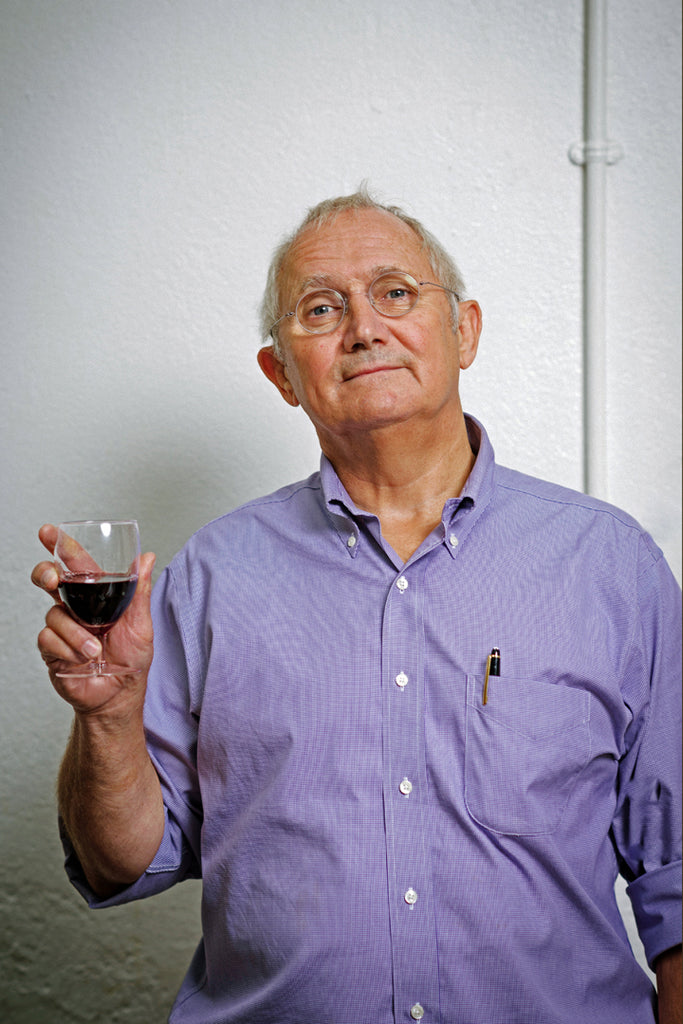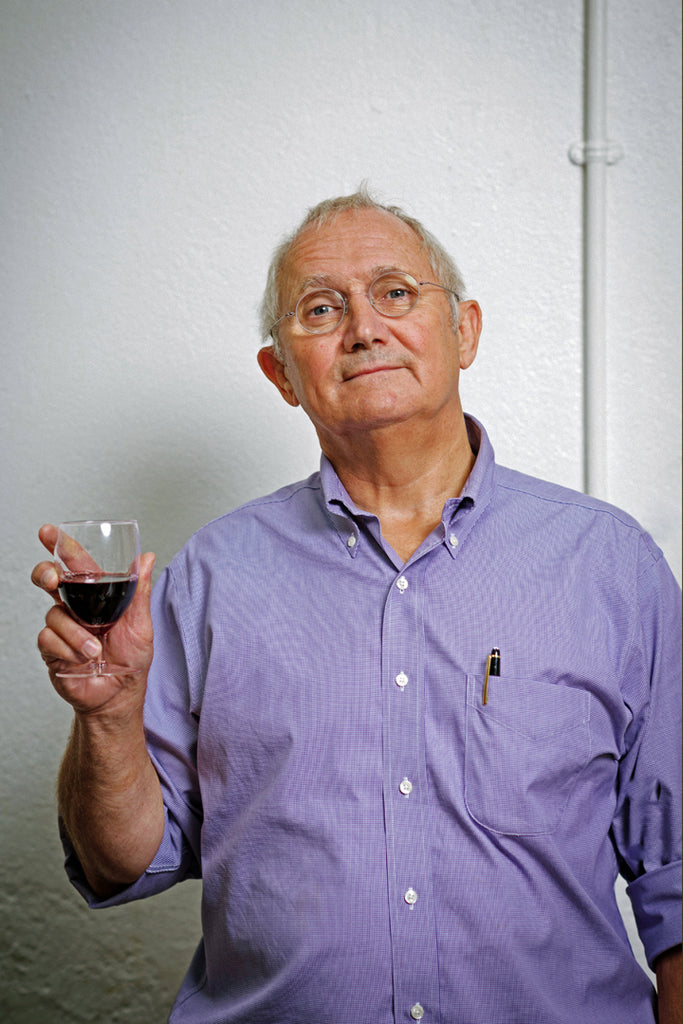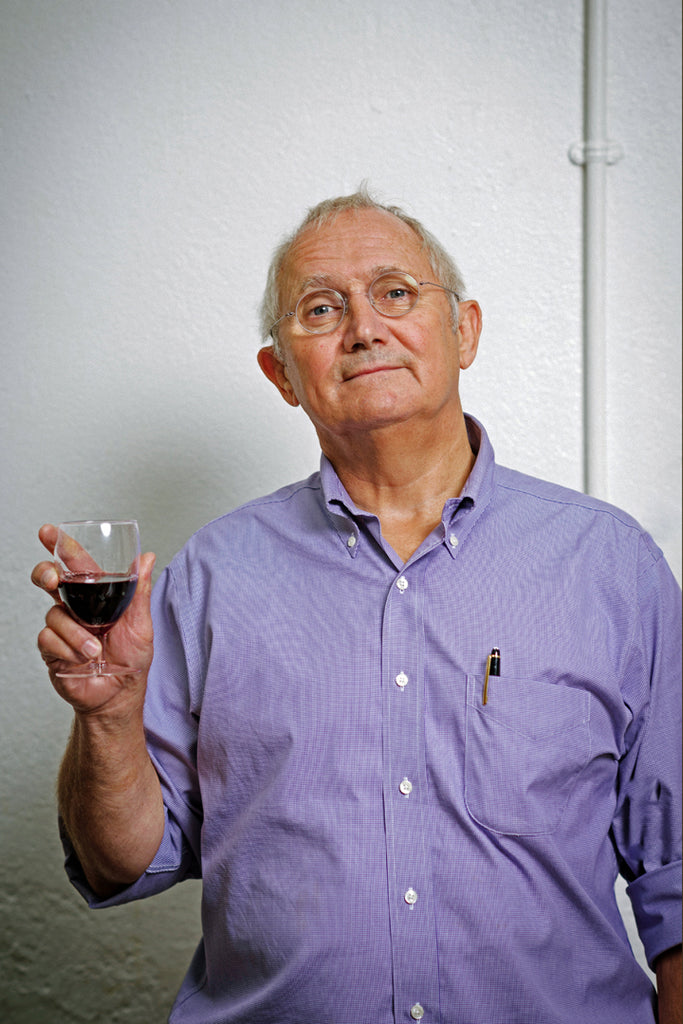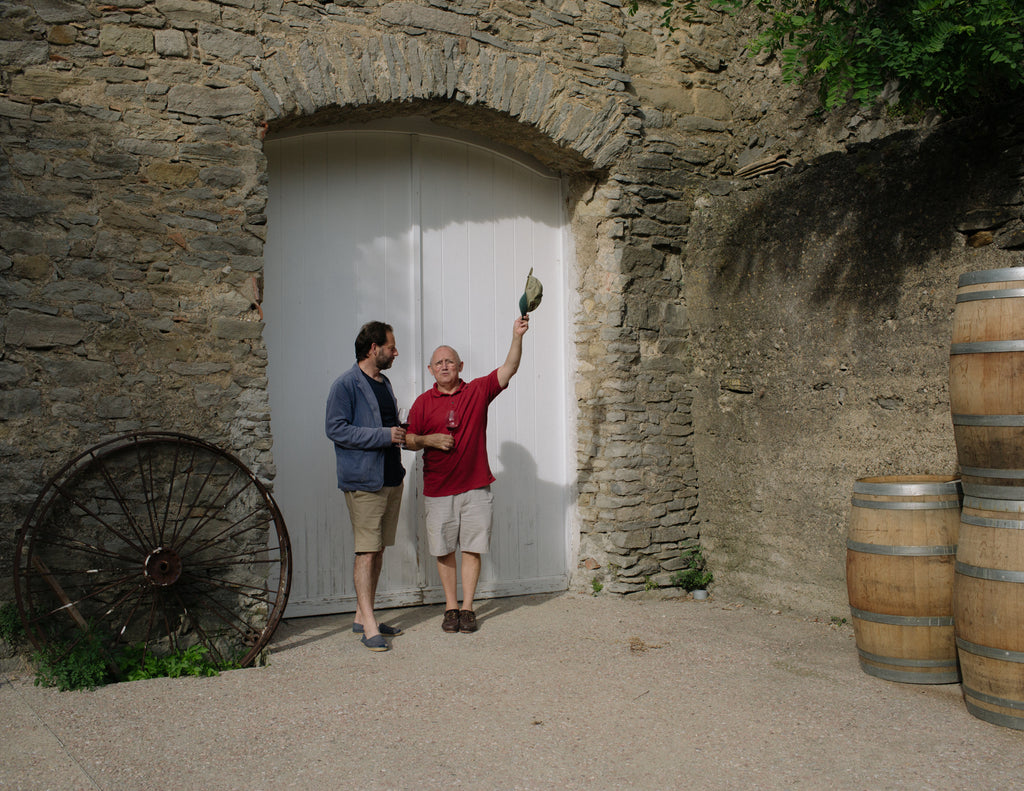Terroirs and Tasting Notes
Terroirs – generally taken to mean the climate and the soil in which grapes are grown and wine is made – are essential to the character of a wine. But Trevor and Boulevard Napoleon winemaker, Benji Darnault, add ‘people’ to their definition of the term. The people involved in the evolution of a wine inevitably put their stamp on it, manipulating the taste of a developing wine to their preference according to how the weather and the soil have behaved in a given year: characters beget character. As Trevor says, “our wines must have a vernacular, because they are of us, and there must be an austerity to them, to echo how we cook.”
Much of the vineyard area in and around La Liviniere, the Languedoc village in which we make our Boulevard Napoleon label, is composed of schistes – a rocky, limestone-rich soil, made up of large, light grey slabs that make a pleasing ‘chink’ when walked on. Vines have to work hard for water but are well-fed by the mineral-rich ground. Our climate can be one of almost apocalyptic extremes: wildly hot summers, of a kind where apricots and figs are falling effortlessly from their trees by mid-June, and violent winters, when violent rain, wind and hail are not unusual.
An important feature of Languedoc’s terroirs is garrigue, the term used to describe the profile of the scrubland around the vineyards. It’s equivalent to what we’d call moorland or heath in the UK, brimming with fragrant, oily plants which collectively offer an essential tasting note to the region’s wines, the likes of thyme, lavender, rosemary, dwarf oak and parasol pine.

Words by Mina Holland, photographs by Elena Heatherwick




